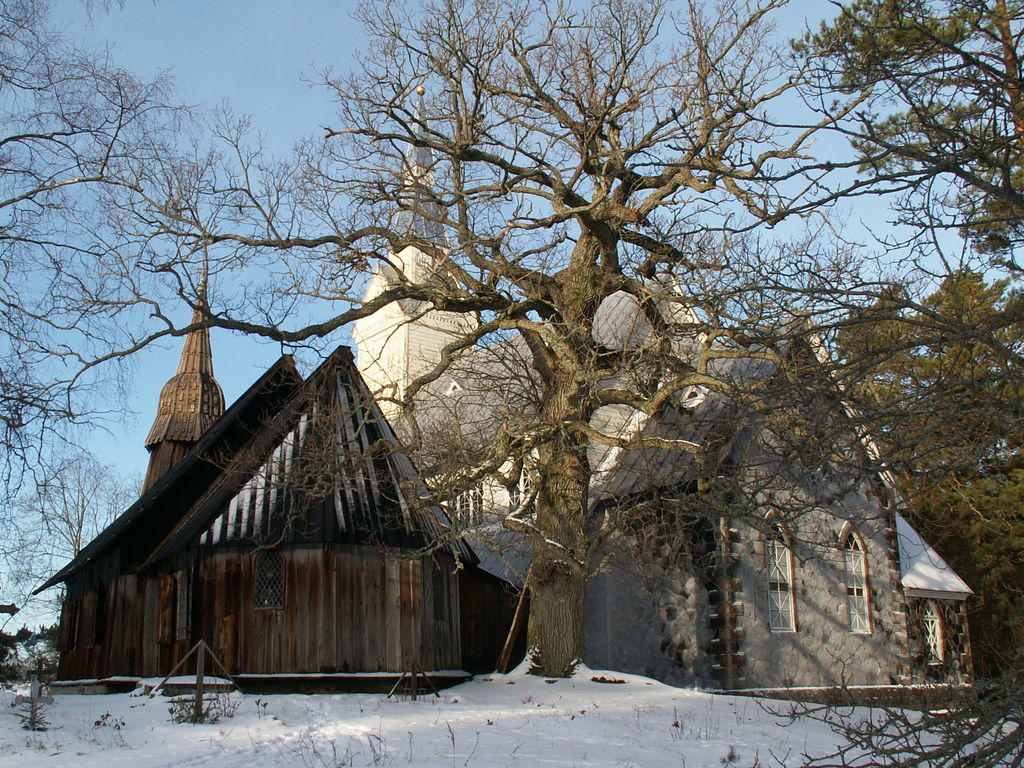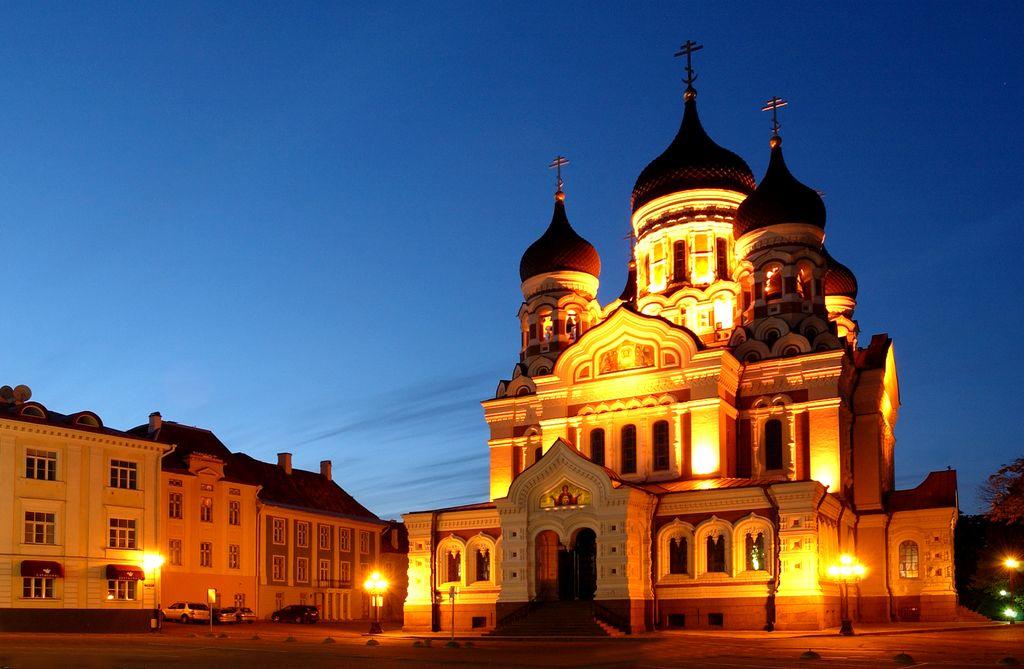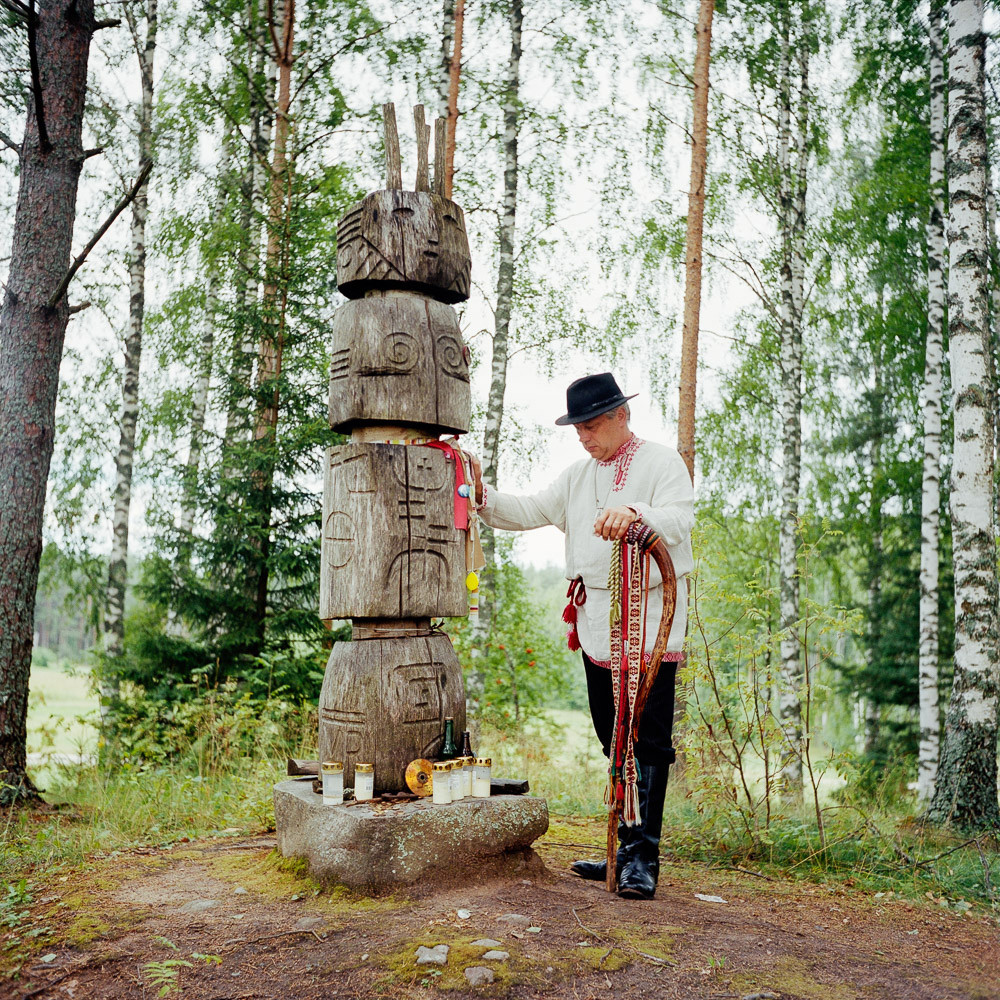Estonians are a small nation, unknown to many. But when we’re given the chance to present us, we do it with great splendour. It’s the world famous things, leading the whole universe straight to the future, we like to identify with: Skype, TransferWise, e-elections, the number of mobile phones per capita; and secularity. Estonians are one of the most secular people of the world.
Does it even matter in the age of technology?
Measuring spirituality is an ambitious task. In 2011, the population and housing census was carried out by Statistics Estonia. Among other questions the respondents were asked about their connections to religion. Only around third of correspondents confirmed any affiliation to a religion – and out of these, about 96% affiliated with Christianity.
Altogether there were 65 various ways for the poll takers to identify their religiosity – 25 specified Christian denominations and 40 religions from all over the world, including the ancient and well-known (eg Buddhism, Hinduism, Islam, Taoism, Judaism) and the somewhat more recent ones (eg Light Bearer, Brotherhood of Violet Flame). So, if you are looking for a way to carry on your familiar worship, you probably find an opportunity for this in Estonia. Religious freedom is guaranteed in Estonia as one of the constitutional rights.
Still, there were about 60% of people who do “not feel an affiliation to any religion”. So, if you are a religious person working and living in Estonia, don’t be surprised if your colleagues don’t share your enthusiasm towards fulfilling your duty to the unworldly.
As hinted before, Estonia is predominantly a Christian country and has been Lutheran since the second part of the 16th century. This is due to the historic links to Germany. But the latest census stated that Lutheranism, historically the most popular and the biggest confession in Estonia, has now handed its primacy over to Orthodox churches. 108,513 people considered themselves Lutheran, 176,773 Orthodox. Other sizeable Christian confessions are: Baptist (4,507 people), Roman-Catholic (4,501), Jehovah’s Witness (3,938), Christian Free Congregations (2,189), Adventists (1,194).
Spirituality is still a player
In the pre-Christian period, Estonians were not completely faithless. They were drawn to the animistic religions: Taaraism, whose god Tharapita was worshiped in forest groves, and Maausk, which translates as “faith of the earth.” Their god was in nature. Although Estonians are quick to dismiss modern religions, ancient beliefs like these are still embedded in the Estonian culture.
Throughout the long period of foreign grip on Estonia, ancient beliefs survived in the form of folk tales. In tales, the sins of humans resonate in nature — lakes fly away to punish greedy villagers, or forests wander off in the night, never to return. Trees demand the respect of a tipped hat, and holes in the ground must be fed with coins.
Census tends to remain impersonal and at the same time leaves room for emotions – as people, not institutions fill in the answers. In that respect another survey, Estonian religious life: does faith form people’s values, carried out by Saar Poll market research in 2010, adds colour to mere numbers. There lays one possible explanation why Estonians feel so indifferent towards organised religions. To the question, “as a child, did you get information about religion?”, 69.3% of non-religious people gave negative answer. Religion was banned from the Soviet educational system. Religious education has found its way back to schools during the last 20 years, but it remains a voluntary subject and is not taught in every school.
Yes, spirituality is still a player, even in the age of machines. It’s not the approval from higher powers, but their own peace of mind that people are after. People are looking for answers beyond. Esoteric section in any bookshop in Estonia is impressive. There is a weekly two-hour radio show on Radio Two called “Hello, cosmos!” that occupies itself and the listeners with the “outer space”. Folklore – the “back to the roots” ideology – is gathering momentum, too.
Ethnologists have already completed a huge hunk of work and gathered old Estonian traditions to the web-archive, this work is ongoing. It is worth mentioning though that there is no such thing as Estonian national religion, it was artificially composed by scientists in the 1920s-1930s.
To end with a paradox: according to the poll conducted in 2010, the problem of finding purpose in life was equally complicated for people who feel supported by divine powers and for those who don’t recognise these powers exist. In the end, we are all the same.
I
Cover: Faith of the Earth followers in Estonia (credit: Maavalla Koda). Read also: Tuhala Witch’s Well and ancient Estonian mythology






Thank you for the article. It would be helpful to point out that taarausk came about in the 1030s, while maausk is much, much older. There is another interesting article on this subject by Ringo Ringvee entitled “Is Estonia really the least religious country in the world? (2011), which can be retrieved at http://www.theguardian.com/commentisfree/belief/2011/sep/16/estonia-least-religious-country-world
Indeed, but both in their current forms are just modern mumbo-jumbo…
Have read in many sources that the Communist takeover (smothering) of Estonia by the Soviets for the next 40+ years had MUCH to do with the ‘loss’ of religion in Estonia. If the great and proud nation was almost 80% Lutheran in 1930, and approximately 15% now – – an extraordinary ‘detriment’ must have occurred. I’m wondering if Lutheran worship was allowed under Soviet domination. I know it was discouraged.
Is There a Higher Theology For Man, Than Knowing God personally -person to PERSON?
There are those today who live in not so distant places that have a real life person to Person relationship with Lord Jesus!
These humble words that are shared with brotherly love and respect, point out to the kind of relationship man was made to have with our Lord Jesus Christ. The following paragraphs, where taken from the book of Metropolitan Hierotheos of Nafpaktos Entreaty” (Paraklitika), and it is a knowledge that must be shared with all those who have Lord Jesus Christ as their Heavenly Father.
“Those who have made their selves worthy to see God are the True Theologians. Saint Gregorios the Theologian taught that those who saw God like Apostle Paul can safely theologize, because the sight of God cleanse them from all fantasy, and renders them true preachers of the truth making them explicitly different from philosophers and philosophies”.
This is how the Saints describe theitr personal experience
“UNDER CONDITIONS OF CONTINUED PRAYER AND UPWARD EXTENSION THAT HAVE AS CLIMAX THE UNION WITH GOD, MAN IS POSSESSED ENTIRELY FROM LIGHT OF DIVINE GLORY THAT IS SEND FOURTH ETERNALLY FROM THE TRIAD. AFTER THE MIND IS SEIZED FROM THE DIVINE LIGHT AND ENTERS THE LIGHT IT BECOMES ITS SELF-LIGHT. THUS LIKE LIGHT, IT SEES LIGHT”
The vision of Divine Light (returning to God’s presence)
This is what Lord Jesus told St. Symeon when He became worthy to His presence in His divine Light.
“It is me, God, Who became man for you; and behold that I have made you, as you see, and shall make you god”.
http://www.monachos.net/content/patristics/studies-fathers/67